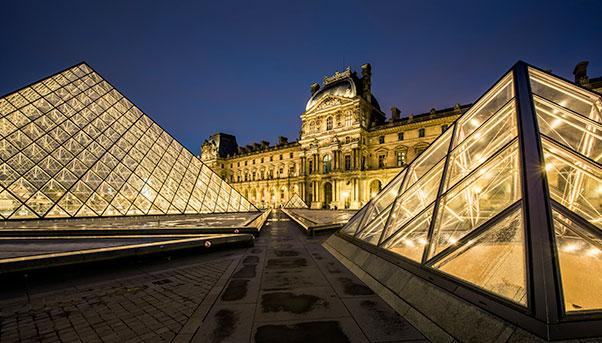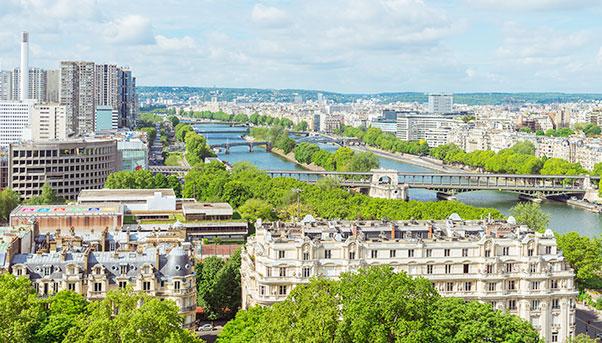
Approaching Paris by plane, the view of the city from the vantage point of the sky gives the impression that one is returning to the past. Much of the centre is as it was more than 100 years ago when Baron Haussmann transformed it. With Napoleon III’s blessing in 1853, he replaced with a stroke of the pen the centre’s narrow streets with boulevards whose wide expanses were to emphasize Parisian grandeur.
The French capital has since returned to being a construction site as it expands its public transport network, revives neglected neighbourhoods and creates new ones, emphasizing – as have often been declared by President Emmanuel Macron, Mayor Anne Hidalgo and their respective predecessors – its status as one of the most modern metropolises in the world. This vision is an extension of the one elaborated by Francois Mitterand when he became president in 1981. In launching a series of ambitious projects in Paris, he argued that a civilization was judged by its architecture. And so his legacy lies with such works as the Musée d’Orsay, the Cité de la Villette and the Grand Louvre with the famous glass pyramid conceived by the architect Ieoh Ming Pei.
As it prepares to host the 2024 Olympics, Paris has embarked on a series of public works including a massive expansion of its public transport network called the Grand Paris Express. It will encircle the city with new train and metro lines to improve access to the centre for residents in peripheral – and sometime neglected – communities. The extended network is also expected to foster a revival if not the actual birth of districts in this periphery that belong to Grand Paris metropolis, an administrative structure that includes Paris and more than 120 municipalities. In turn, the metropolis of some seven million people is located in the region of île-de-France with Paris at its centre.
The Grand Paris Express, scheduled to be completed by 2030 at a cost of some €25 billion, will be the natural progression of the metro and the Réseau express régional d’île-de-France, the regional train service better known as the RER.
It stands to benefit a number of outlying areas. The Val-de-Marne department to the southeast of Paris will have 14 of the 72 stations of the Grand Paris Express. At Les Ardoines there will be the construction of a series of buildings on 1.6 million square metres of land, a development that is expected to create 45,000 jobs. At Paris-Orly Airport, a nearby area be transformed into an ecological neighbourhood with offices, shopping centres, congress centres, exhibitions halls, markets and green spaces.

The municipality of Fontenay-sous-Bois, also in the southeast of Paris, will host a financial hub to be built based on the model of the La Défense business district in the city centre. It is where French bank Société Generale is having built its new headquarters. What makes it attractive is the extent to which it is served by public transport including the metro and the RER. The future Line 15 of the Grand Paris Express will also pass through it in the latest example of how access to such public services can serve to attract business.
The nearby municipality of Villejuif, also in the southeast, is overseeing the creation of the Grand Parc Campus covering hundreds of thousands of square metres that will host facilities dedicated to medical research such as a university hospital and a cancer centre for the Gustave Roussy Institute.
The centre of Paris is not missing out on this renewal.
One project championed by Mayor Hidalgo is the innovative “Reinventer Paris”, which invites architects, archeologists, philosophers, artists and anyone else interested in proposing projects to renew areas of interest throughout the city. The latest chapter of the project is to look at ways of opening underground sights to the public, such as a passage under Pont-Neuf, the Tuilleries Tunnel and the Henri IV Tunnel.
«We are rejecting a Paris fossilized by nostalgia or, conversely, drowned in a contemporary movement towards standardization,» declares Hidalgo on the website promoting the initiative. «By opening up the scope of possibilities, by articulating urban, ecological and democratic revolutions, we are going to fashion the City of tomorrow: an open, decompartmentalized, vibrant and radiant place.»

